12 Space-Saving Tips for Growing Zucchini Vertically
If you are looking to grow zucchini but have limited space, growing it vertically is a great solution. This method allows you to grow healthy, strong plants while saving valuable ground space. With the right tips and techniques, you can easily train your zucchini to grow upwards. Vertical gardening is an ideal way to make the most out of smaller gardening areas. Let’s explore how you can achieve a successful vertical zucchini garden.
This post may contain affiliate links, which helps keep this content free. Please read our disclosure for more info.
Choose the Right Zucchini Varieties
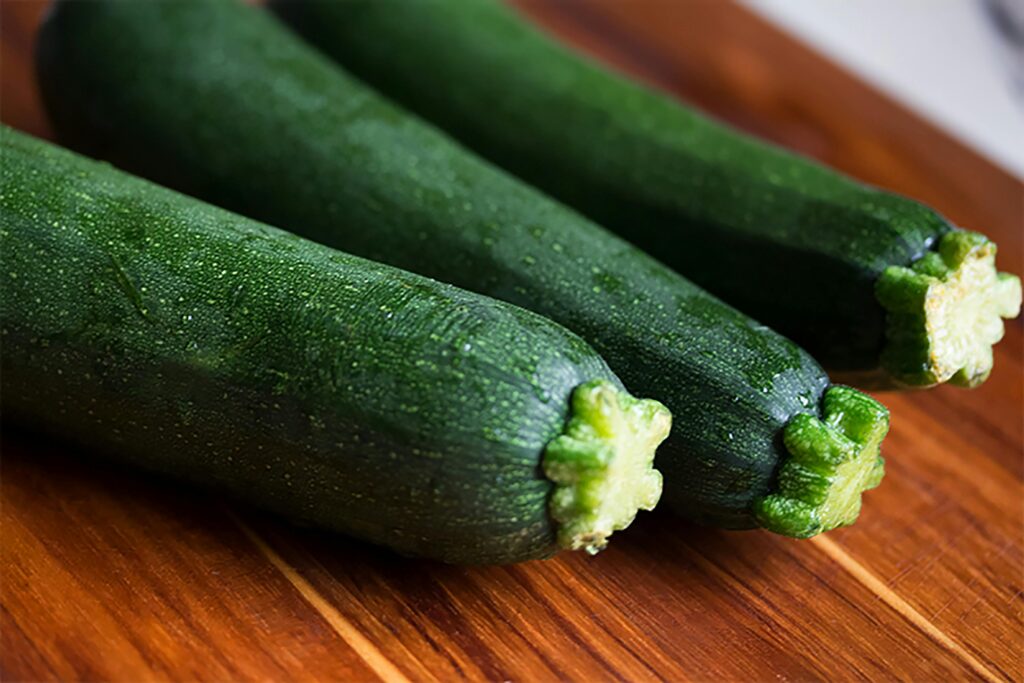
When growing zucchini vertically, it is important to choose varieties that are suitable for climbing. Look for smaller, compact varieties such as Bush zucchini, as they are easier to train upwards. These varieties tend to have a smaller footprint and are better suited for vertical gardening. Some zucchini plants have a sprawling habit, so it is best to avoid those for vertical setups.
Compact zucchini varieties grow well in smaller spaces and are more manageable for vertical gardening systems. They will be easier to maintain and harvest when they grow upward. Make sure to check the plant’s growth habits before planting to ensure it is suitable for vertical gardening. Selecting the right variety will make your vertical zucchini garden more efficient and productive.
Use Strong Support Structures
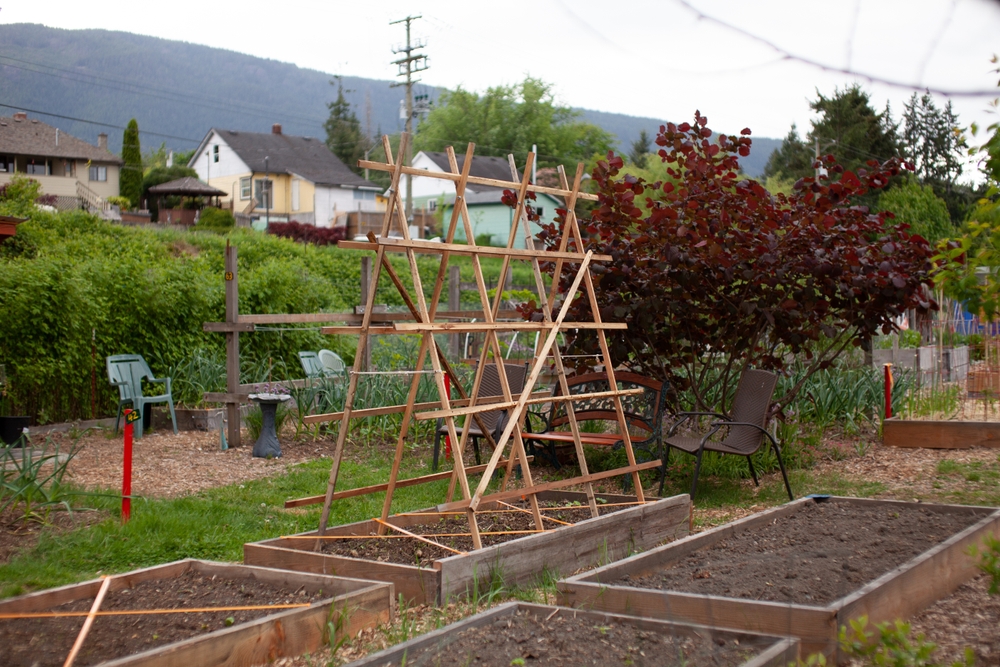
When growing zucchini vertically, a sturdy support system is essential to support the weight of the plant. Use a trellis, fence, or vertical plant frame to guide the zucchini’s growth upwards. It is important to secure the structure well in the soil to prevent it from tipping over as the plant grows heavier. You can also use metal or wooden stakes for additional support.
A strong support structure ensures that the zucchini vines will climb properly, preventing them from sprawling on the ground. It also keeps the plant upright, improving air circulation around the zucchini. A secure frame helps the plant grow taller and healthier, reducing the risk of damage. Consider using materials that will last for the duration of the growing season.
Train the Vines Early
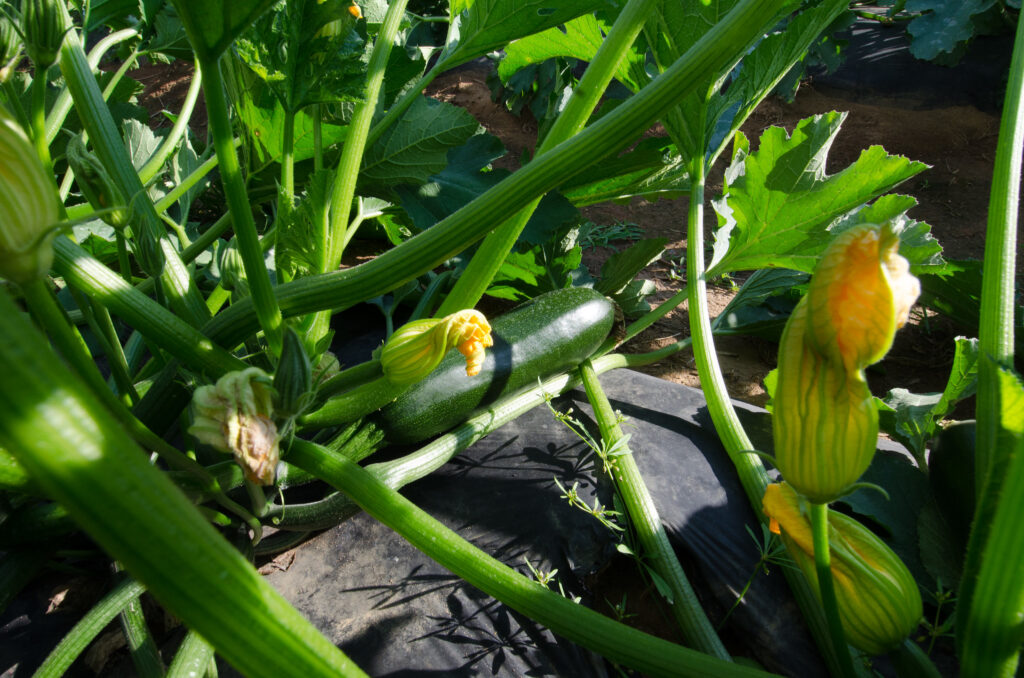
Training the zucchini vines early in their growth cycle will help them climb effectively. As soon as the plant starts to grow, gently tie the vines to the support structure using soft garden ties. This helps direct the plant’s growth upward instead of allowing it to sprawl on the ground. Regularly check the vines to ensure they are still attached and growing in the right direction.
Early training allows the plant to adapt to the vertical structure, ensuring it will continue to grow upwards. By tying the vines, you also prevent the zucchini from growing in unwanted directions, keeping your garden tidy. It is best to start training the vines when they are still small and flexible. Regular maintenance of the ties will help the plant maintain its vertical growth pattern.
Prune Regularly

Pruning is an important aspect of growing zucchini vertically, as it helps keep the plant manageable. Remove any unnecessary side shoots, leaves, or dead foliage that could block airflow or sunlight. By trimming the plant regularly, you also direct the plant’s energy into producing more fruit. Keep an eye on the plant and prune any growth that does not contribute to the main vine.
Pruning not only keeps the plant healthy but also encourages better fruit production. It prevents overcrowding, allowing more light and air to reach the growing zucchini. Removing excess leaves and stems helps prevent diseases and pests from affecting the plant. Regular pruning will ensure your zucchini grows efficiently and vertically.
Use Nutrient-Rich Soil
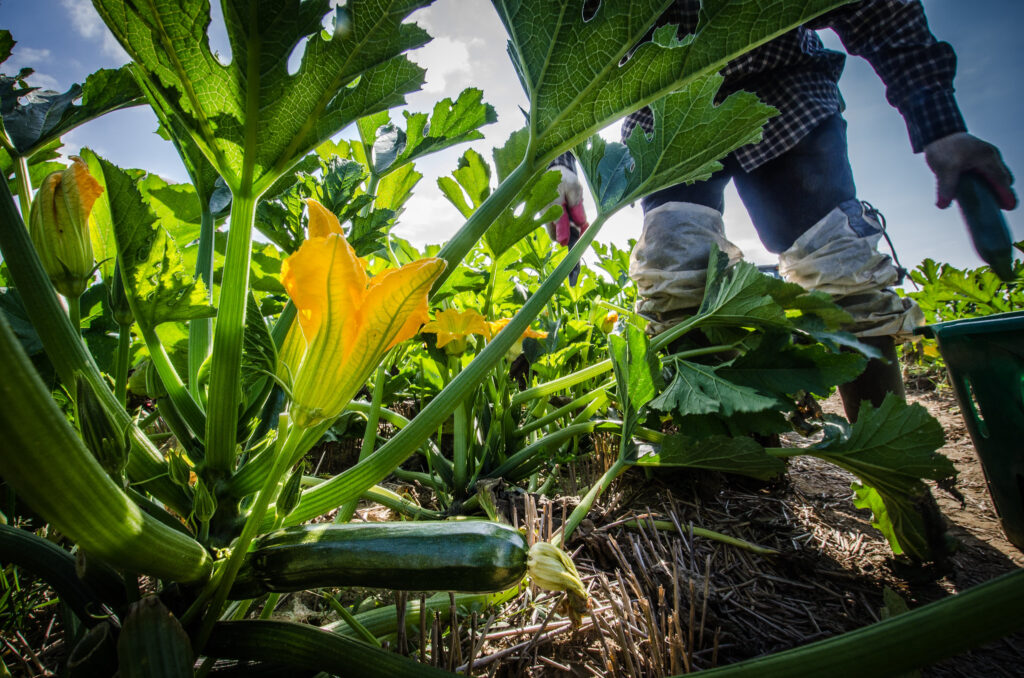
Nutrient-rich soil is essential for growing zucchini vertically, as it provides the foundation for healthy growth. Make sure to use soil that is well-draining yet retains enough moisture to keep the plant hydrated. Adding compost or organic matter to the soil can improve its fertility, providing the plant with essential nutrients. Well-fertilized soil supports stronger vines and encourages better fruit production.
Healthy soil ensures that your zucchini plants have the nutrients they need to grow tall and strong. It promotes root health and ensures that the plant can absorb the necessary minerals. Additionally, adding organic matter helps retain moisture in the soil, which is especially important in vertical gardening. Rich, fertile soil will contribute to the overall success of your vertical zucchini garden.
Provide Adequate Watering
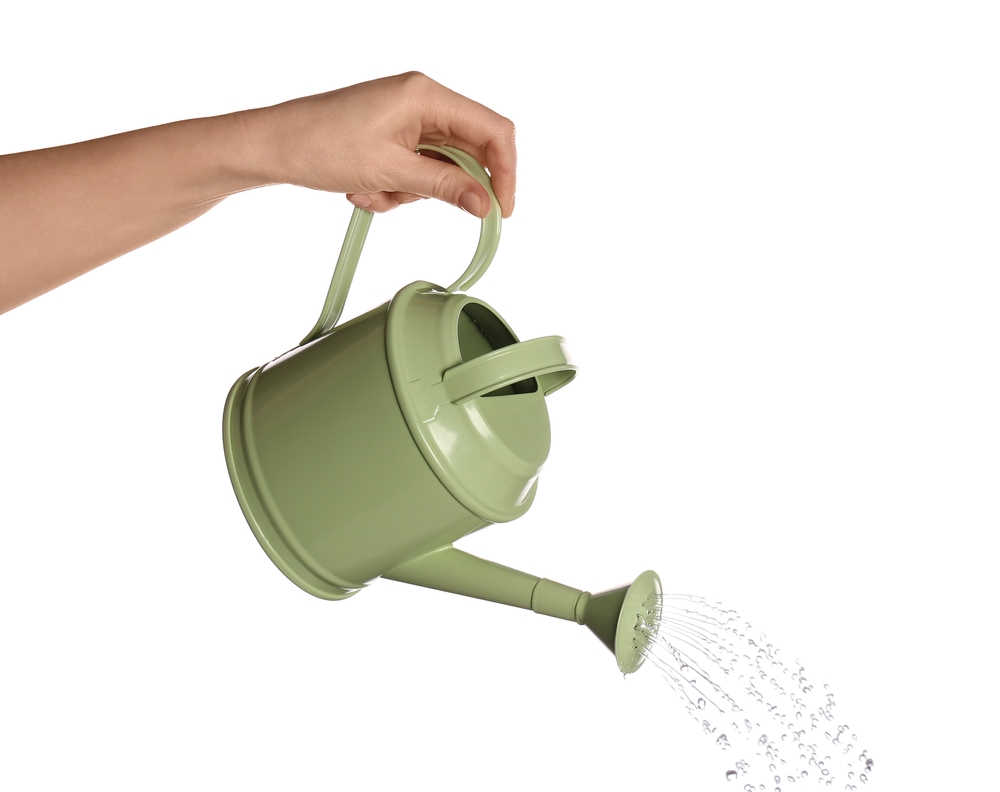
Zucchini plants need plenty of water to thrive, but when grown vertically, they may require more frequent watering due to the limited soil space. Ensure the soil around the base of the plant is consistently moist, especially during hot weather. Use a drip irrigation system or water at the base of the plant to avoid wetting the leaves, which can lead to fungal diseases. Deep watering is essential to reach the roots and keep the plant hydrated.
Proper watering helps the plant develop strong roots and encourages healthy growth. Avoid letting the soil dry out completely, as this can stress the plant and reduce fruit yield. Consistent moisture supports the vertical growth of the zucchini, ensuring it produces an abundant harvest. Pay attention to the plant’s water needs, particularly during flowering and fruit development.
Mulch Around the Base
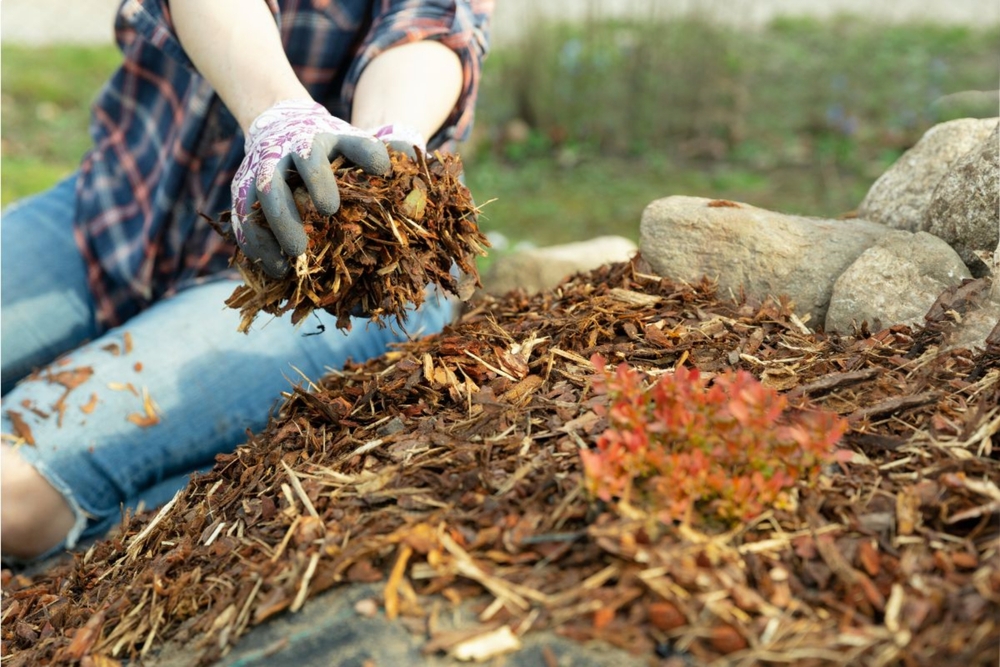
Mulching around the base of your zucchini plant helps retain moisture in the soil and regulates temperature. Use organic mulch, such as straw, grass clippings, or wood chips, to cover the soil around the base. Mulch also prevents weeds from growing, which can compete with your zucchini for nutrients and water. Applying mulch reduces the need for frequent watering and helps keep the soil temperature stable.
The benefits of mulching include improved soil health and protection for the plant’s roots. It helps maintain the right moisture level, especially during dry spells. Mulching also protects the plant from extreme heat and cold. It is a simple and effective way to keep your vertical zucchini healthy and thriving throughout the growing season.
Rotate Your Zucchini Plants
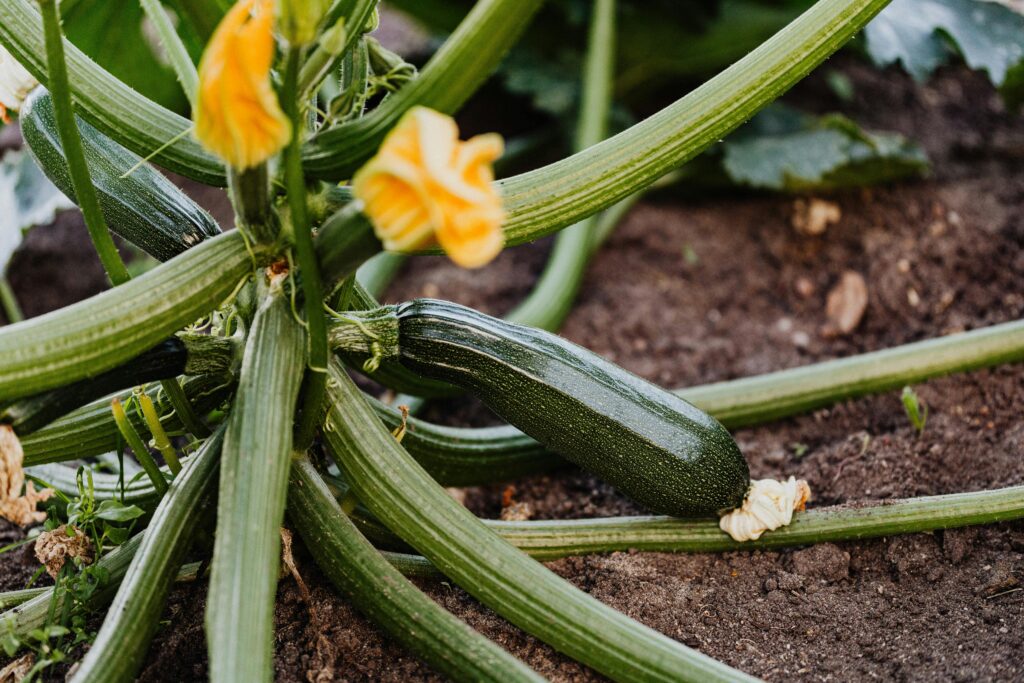
If you are growing zucchini vertically in the same area year after year, it is important to rotate the plants to avoid depleting the soil of specific nutrients. Crop rotation helps maintain soil fertility and reduces the risk of soil-borne diseases. By changing the position of the plants each year, you prevent pests and diseases from building up in one area. Rotate zucchini with other plants that have different nutrient needs to keep the soil healthy.
Crop rotation promotes better soil health and can lead to higher yields in subsequent seasons. It also helps prevent the buildup of harmful pathogens in the soil. By giving your soil a rest from zucchini every few years, you help it regenerate. Rotation is an effective technique for maintaining a healthy and productive vertical garden.
Support the Fruits as They Grow
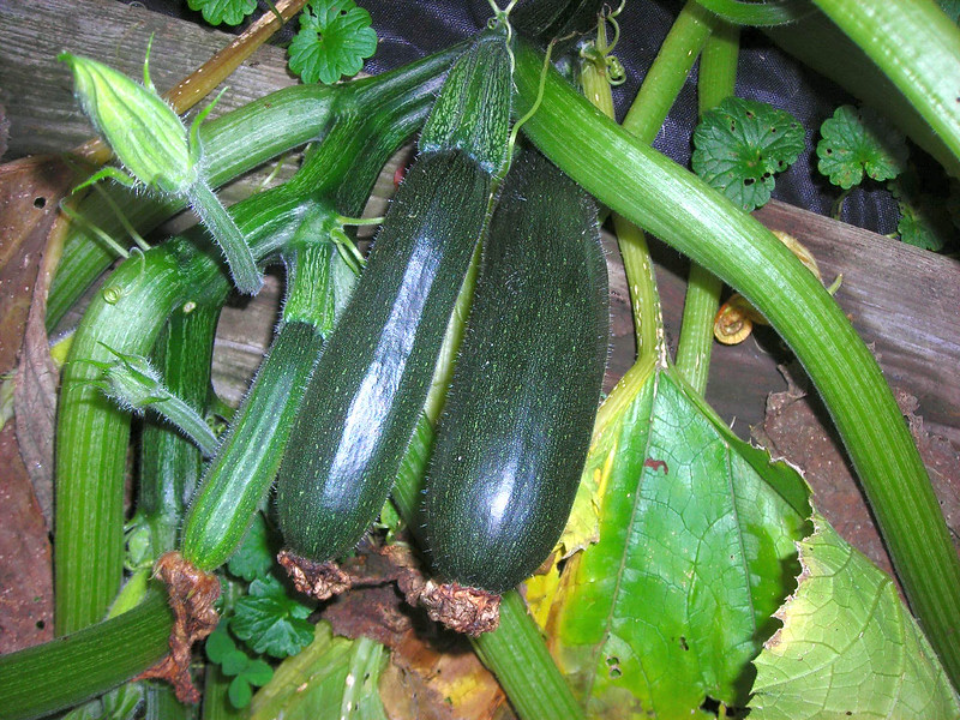
As your zucchini grows vertically, the fruits may become heavy and need support. Use mesh bags, slings, or old nylons to gently support the growing zucchini. This prevents the fruits from breaking off the plant or becoming deformed under the weight. Make sure to tie the slings securely but not too tightly, allowing room for the zucchini to grow.
Supporting the fruits helps them grow to their full potential without causing strain on the plant. It also protects the zucchini from pests and diseases by keeping them off the ground. This additional support is especially important for larger zucchinis that need extra stability. Providing support ensures your zucchini remains healthy and produces high-quality fruit.
Be Mindful of Pests
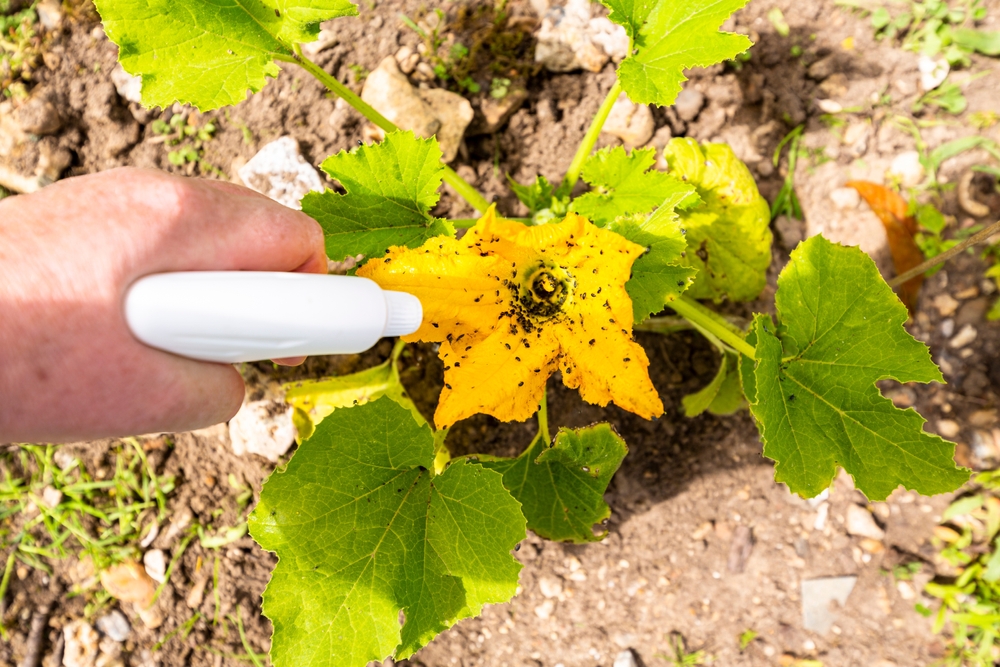
Pests can pose a significant threat to zucchini plants, especially when grown vertically, as they are more exposed to insects. Check your plants regularly for signs of pests such as aphids, squash bugs, or spider mites. Use organic pest control methods, like neem oil or insecticidal soap, to keep pests at bay. Encouraging beneficial insects, such as ladybugs, can also help control pest populations naturally.
Taking care of pests early helps prevent damage to your zucchini plants and ensures healthy growth. It is important to keep the plant clean and free from debris where pests can hide. Regular inspection of both the leaves and fruits will allow you to catch any pest problems early. Keeping pests under control is essential for maintaining a successful vertical zucchini garden.
Harvest Regularly
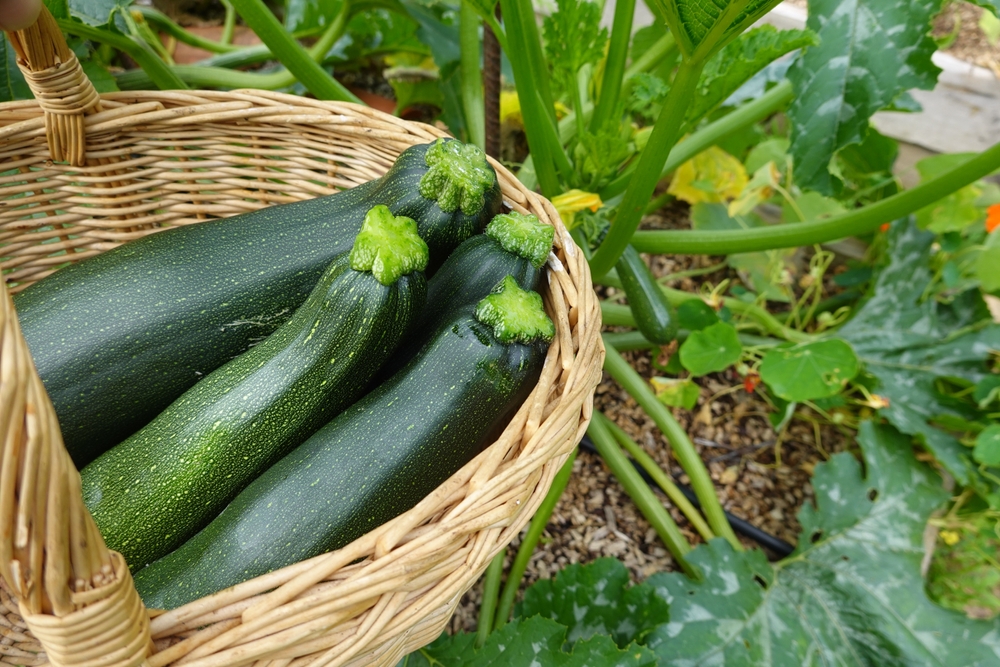
Harvesting zucchini regularly encourages the plant to produce more fruit. It is important to pick zucchinis when they are still young and tender, about 6 to 8 inches long, for the best taste and texture. Leaving overripe zucchinis on the plant can slow down production, so be sure to pick them consistently. This practice also prevents the plant from wasting energy on growing large, underused fruit.
By harvesting regularly, you promote healthy plant growth and improve the overall yield of your vertical garden. Fresh zucchinis are perfect for cooking, and picking them at the right time ensures that they are at their peak. Regular harvesting also reduces the risk of pests and diseases affecting the fruit. It is a simple yet effective way to keep your vertical zucchini plants productive.
Vertical zucchini gardening is a smart solution for gardeners with limited space or those looking to increase their yield. This method allows you to enjoy the beauty of gardening while reaping the benefits of fresh, homegrown produce. Get started with vertical gardening and watch your zucchini thrive.
This article originally appeared on Avocadu.
